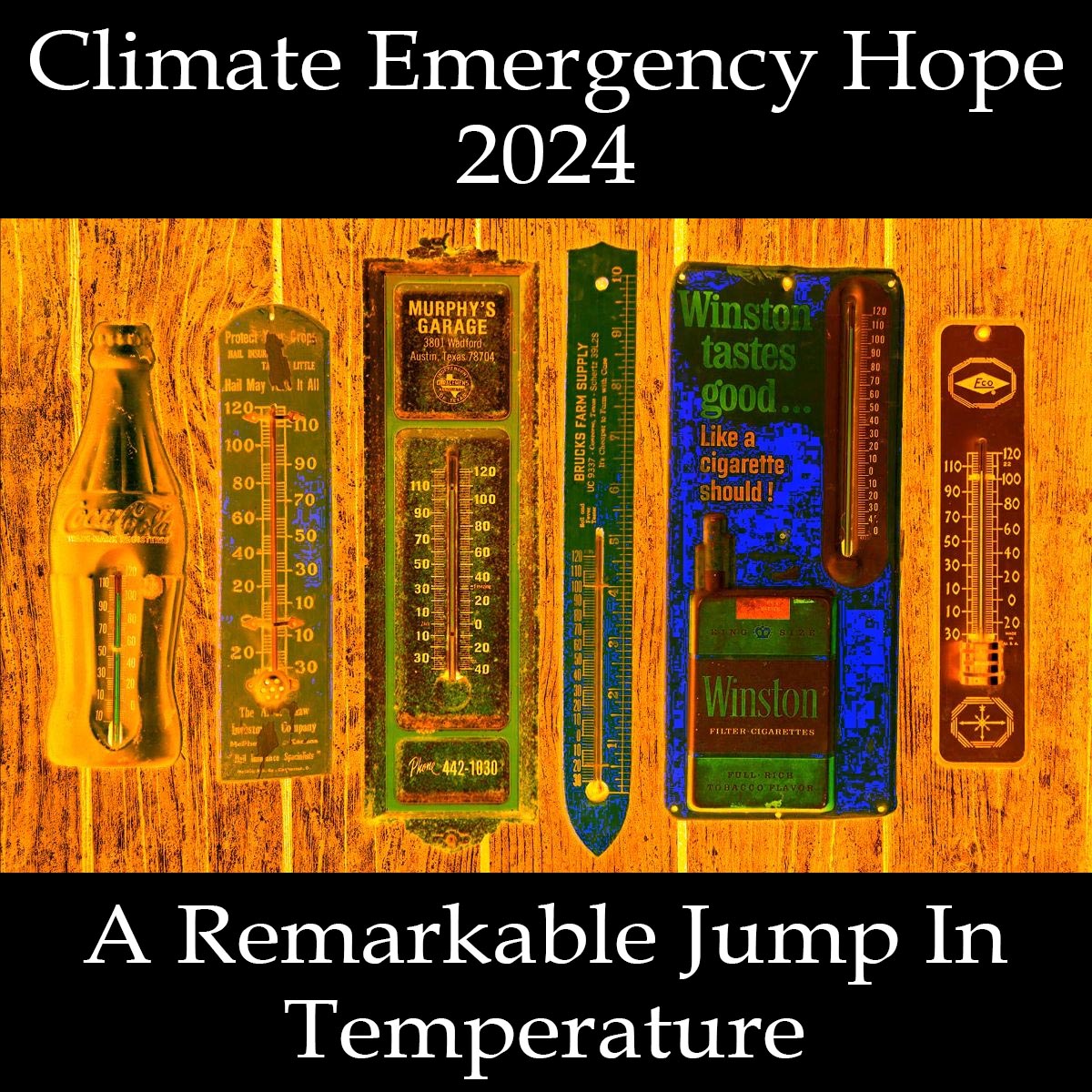| This exeedance of the dangerous 1.5 degree C threshold so far ahead of projections will be (I believe) particularly conducive to communicating the great need for emergency actions. These actions include ramping up the infrastructure for carbon capture to reduce the load of climate pollutants already accumulated in our sky that has caused this warming rate acceleration and to do it fast – far faster than what the climate science consensus community suggests as “by the end of the century.”
It includes the opportunity to advance the need for emergency cooling through direct cooling strategies (geoengineering) that can accomplish in years what emissions elimination can only accomplish in centuries, and where atmospheric carbon capture will take a decade at very best. Emissions reductions, net zero, decarbonization: this will come, and these things remain extremely important for long-term sustainability however, emissions elimination only reduces future warming. It is current warming from greenhouse gasses currently in our sky that have produced this dangerous threshold crossing. Emissions reductions will help a small amount but time is now very critical as once this warming acceleration has begun, it does not stop until we lower Earth’s temperature. This is one of the reasons that Sierra Club now supports research into geoengineering in case emergency cooling is needed. But when this policy was adopted in 2020, the policy team had no idea that a warming acceleration threshold would be crossed in 2023. We have crossed a dangerous threshold. Emergency action is needed immediately. |

